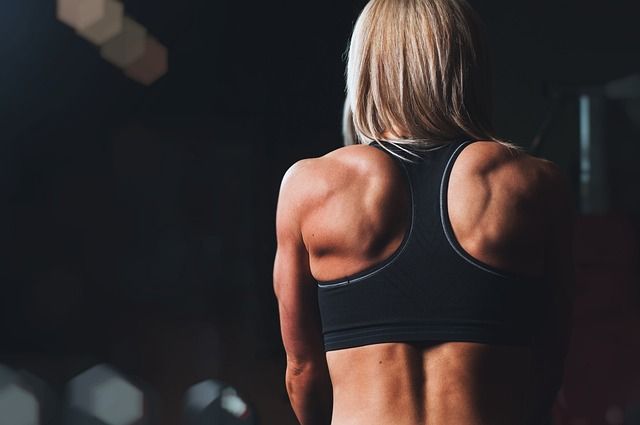Support yourself for better sleep and a healthy spine.
A lot of people complain about waking up with pain that they didn’t have when they went to bed, saying that “they slept wrong”. As someone who truly appreciates the value of a good night’s sleep, I don’t believe that there is a “wrong” way to sleep. However, there are ways that you can support your spine in a neutral position by using pillows at night to decrease the incidence of waking up with musculoskeletal pain that you didn’t have when you went to bed. Here are a few suggestions:
1) If you sleep on your back.
Use a pillow under your knees to support your low back in a neutral position. Play with different sizes until you find the one that is the most comfortable for you. Be sure that the pillow you use under your head...






